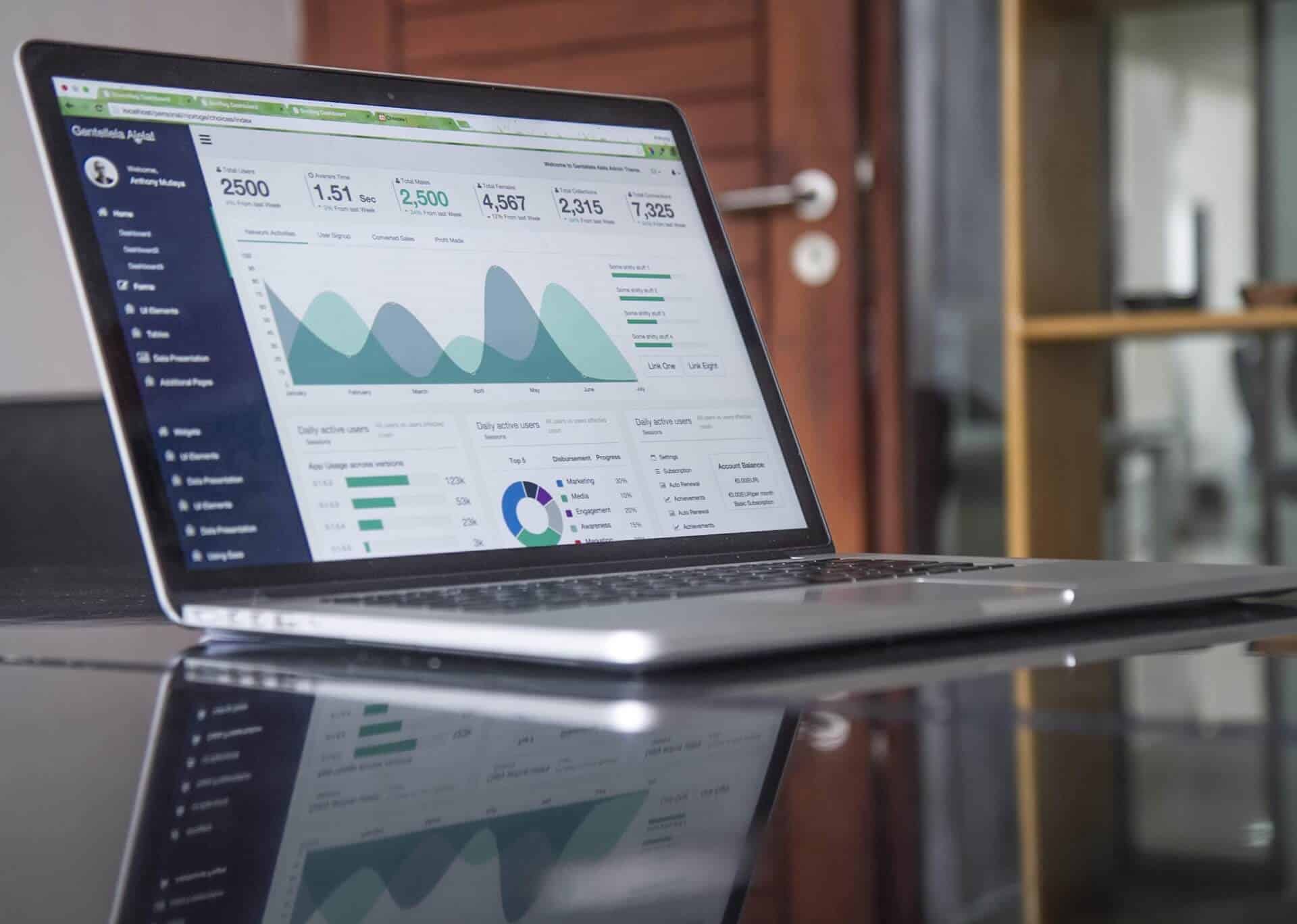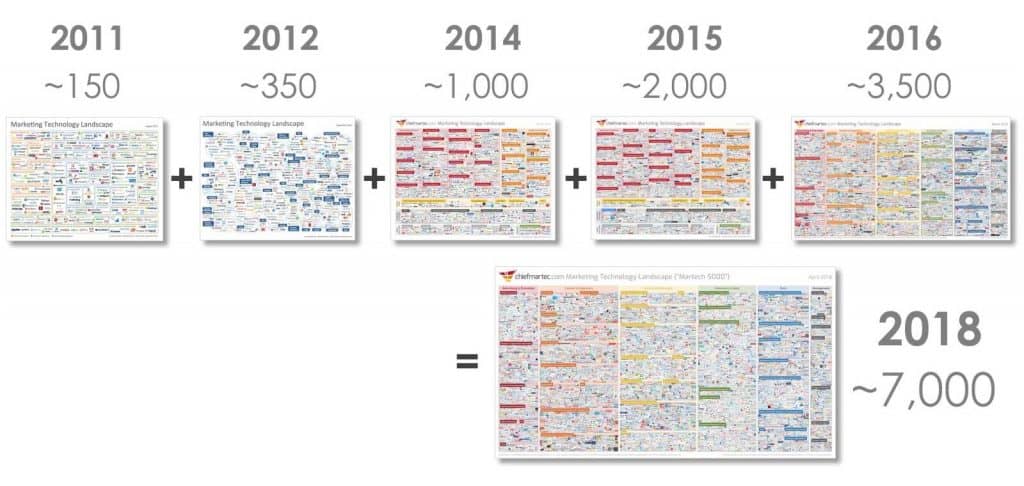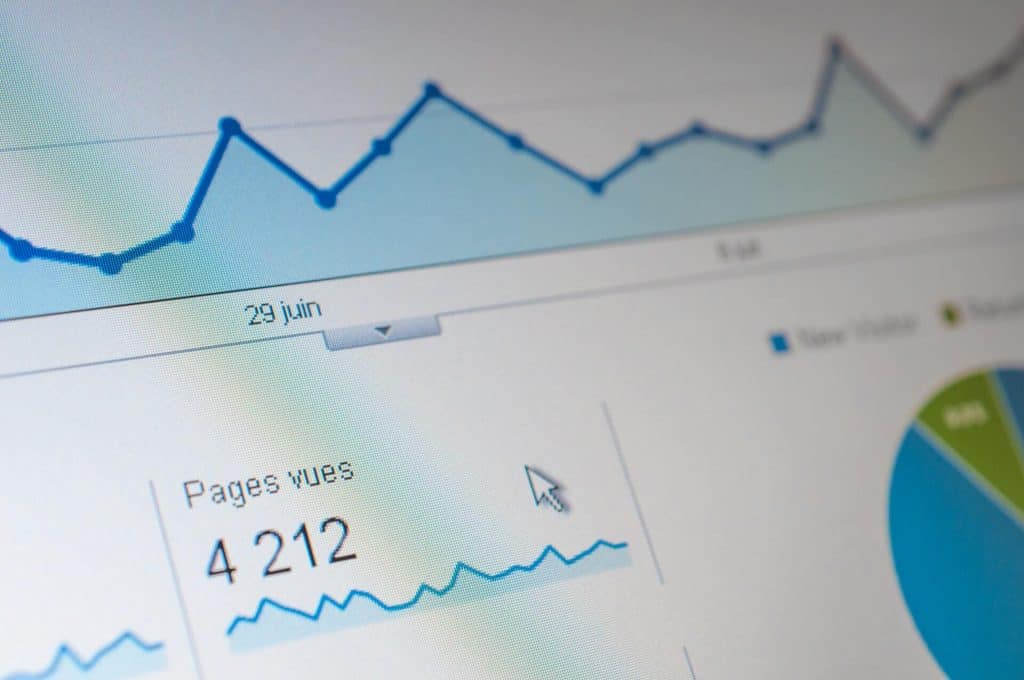
Performance marketing is all about getting the consumer to respond in a certain way. That is why it is said to be the most “specific” branch of marketing.
In performance marketing it does not matter how many people see a banner ad. What is important is whether they take the next step – e.g. complete the form, click the ad, download the application, register for the event or finally: buy the product.
Its popularity has been greatly influenced by the development of the whole “AdTech & MarTech”, i.e. a system that collects data and information about users’ daily behavior. It has more than doubled in the last few years.

Already, according to the IAB, performance marketing spend is 67% of all interactive advertising spend in the US. This is not happening without reason.
Choosing this tool opens up a number of potential benefits, both purely financial and informational. Both large corporations and smaller local businesses will benefit. What can you expect from a well executed campaign of this type?
Performance marketing assumes that you only pay for specific results, not per ad click. This allows you, as the business owner, to get the most out of your efforts and reach the maximum potential.
Thanks to the Marketing Automation system, you know where you stand and how your actions translate into results on an ongoing basis. Knowing these results, you can better direct your campaign and estimate exactly how much it costs you to acquire a specific number of customers.
E.g. on all stages of the sales funnel, which will indicate the strategic moments, i.e. when the consumer has doubts and resigns from further actions.
The information you have at your disposal allows for considerable flexibility in planning the further strategy. Thanks to it, you can quickly react to changes, current events and latest trends.
That is something we all like. The results of performance marketing activities may be visible even a few hours after the campaign launch.

There are several methods on the basis of which the costs of running such a campaign are calculated. The choice is dictated primarily by the goals we want to achieve (that is, the action we want to induce the customer to take). The most common methods of settlement are:
Responsiveness is key in choosing the right tool. Consumers today use desktop and mobile devices equally, so you need to consider each of these options and incorporate them into your strategy
It will probably come as no surprise to anyone that the most powerful tool at the moment is Google and the capabilities offered by this search engine. If you want good optimization and contextual advertising, it is best to bet on Google Ads.
Social media(Facebook, Instagram or TikTok) are becoming more and more important as they offer many tools for advertising and monitoring its effects. In addition, the tools that we find in social media are relatively cheap and easy to use – most of us use them very intuitively, so even new functionalities should not surprise anyone
The situation is similar with native advertising (that is, subtle advertising that tries to pretend that it is not) and influencers, who have an increasing influence on consumer decisions of their observers.
It promises that performance marketing will be one of the stronger growing branches of marketing that will not lose its power for a long time. It also seems to address a problem defined by sales pioneer John Wanamaker:
Half the money I spend on advertising is wasted. The problem is, I don’t know which half.
Efficiency marketing, on the other hand, allows you to determine exactly which part of the expenditure is unnecessary, and which part is worth further investment, and that’s a huge advantage.